Echoes of the Kalash: A Living Legacy in the Hindu Kush
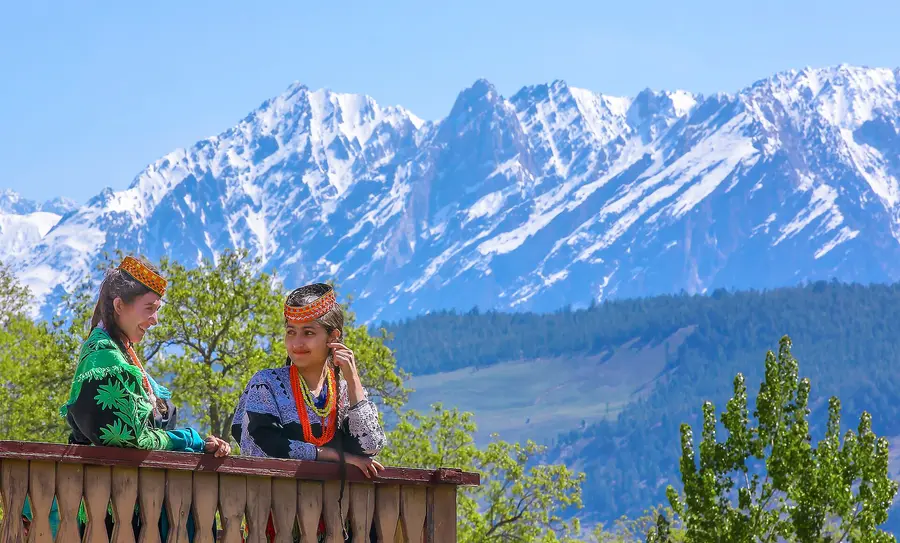

Anie Anna Thomas
Published on Mar 14, 2025, 07:03 PM | 10 min read
Imagine wandering into a land where the mountains seem to whisper secrets from ancient legends, where rivers hum forgotten melodies, and where time flows as gently as the breeze through emerald valleys? Nestled in the heart of the Hindu Kush mountains, far from the noise and haste of modern life, the Kalash people have created a world that moves in rhythm with nature. It’s a place of stunning beauty, alive with vibrant festivals, sacred traditions, and a deep, unshakable connection to the earth. Their culture is a living tapestry of myth and history, a testament to the strength of a people who have held onto their way of life for centuries.
The Kalash valleys—Bumburet, Rumbur, and Birir—are like a hidden paradise tucked into the wild, rugged landscape of northern Pakistan. Surrounded by towering peaks, lush green meadows, and crystal-clear streams, the landscape is nothing short of breathtaking. In spring, the valleys explode with color—apricot and walnut trees in full bloom, terraced fields bursting with crops. The air is fresh and crisp, carrying the sweet scent of wildflowers and the distant chime of cowbells echoing through the hills. It’s a place where nature is the only ruler.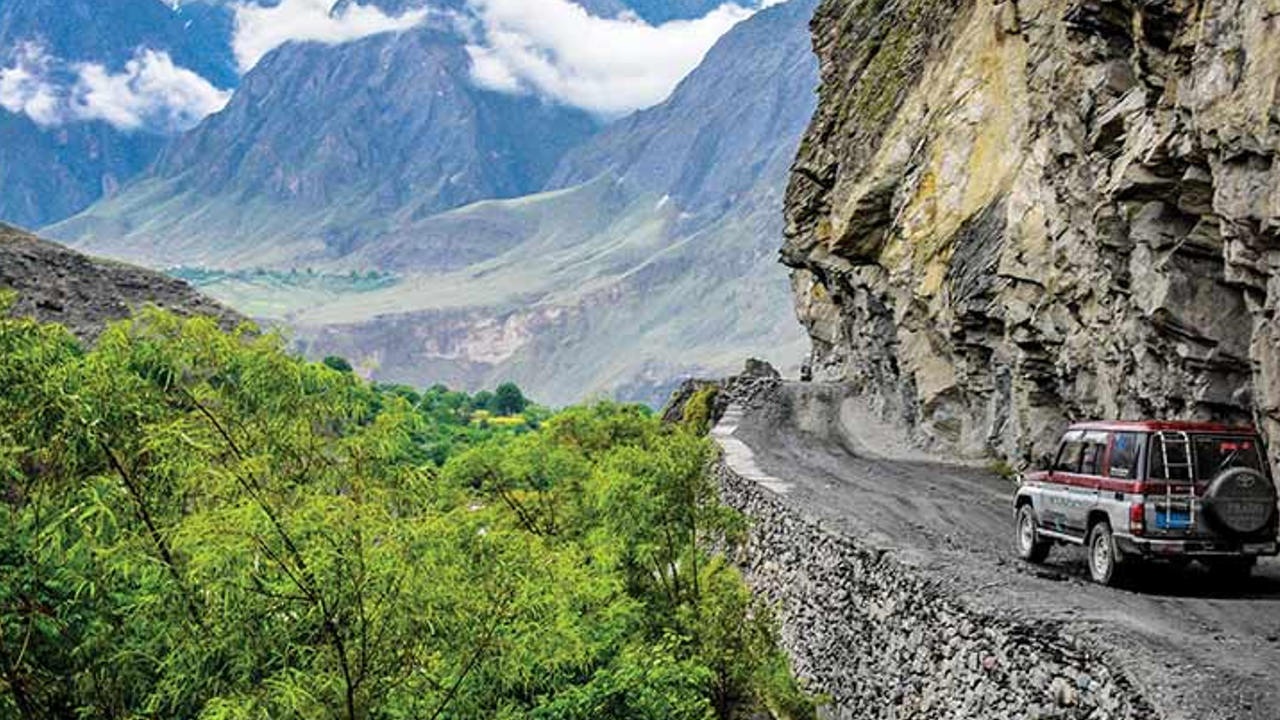
Numbering around 4,000, the Kalash are the last remaining non-Muslim community in this region. Their origins are shrouded in mystery—some say they’re descendants of Alexander the Great’s soldiers, while others believe they’ve always called these mountains home. Whatever their story, the Kalash have held onto a way of life that feels ancient yet deeply alive. Their traditions are rich and unique, from the intricate embroidery on their clothing to the rituals that have been passed down through generations. It’s a culture that has captivated anthropologists and travelers alike, a living reminder of a world that has somehow endured against the tide of time.
Echoes of the Ancestors: Faith, Festivals, and the Kalash Way of Life
As dusk settles over the Kalash valleys, the flickering glow of a fire illuminates a familiar scene—elders sharing ancient tales as children listen, their eyes wide with wonder. Stories of gods, spirits, and ancestors are passed down through generations, not just as myths but as truths woven into the fabric of daily life. In this timeless land, life is a dance between the sacred and the everyday, where traditions are not just preserved but lived.
At the heart of this existence is a faith deeply intertwined with nature. The Kalash believe that gods and spirits dwell in the mountains, rivers, and forests, making every element of their world sacred. Their spiritual life orbits around Dezau, the supreme creator, while deities like Balumain and Jestak guide aspects of life, from fertility to household harmony. Unlike many cultures, they do not enclose their worship within grand temples; instead, their sacred spaces are open-air altars of wood and stone, a reflection of their belief that divinity is ever-present in the natural world.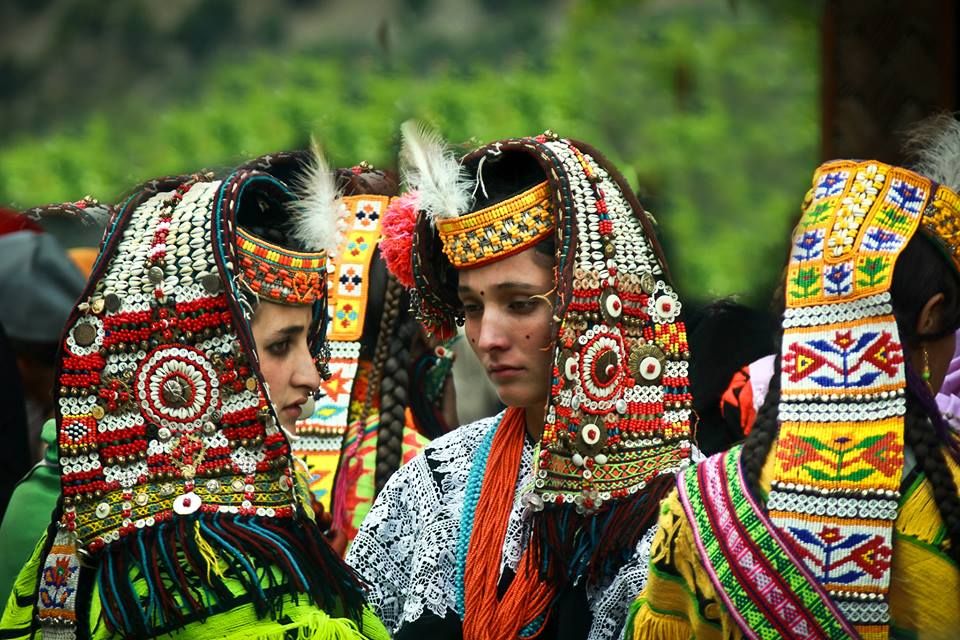
This reverence for nature finds its most joyous expression in their festivals, the rhythmic pulse of Kalash culture. More than moments of celebration, these gatherings are sacred expressions of gratitude, renewal, and remembrance—threads that bind generations to their land and ancestors. Through rituals, music, and dance, they reaffirm their identity and keep their heritage alive.
Chilam Joshi, the vibrant festival of spring, awakens the valleys in mid-May. The air fills with the rhythmic beat of drums and the shimmer of embroidered dresses as villagers dance in celebration of new life. Milk, a symbol of purity and fertility, is sprinkled upon fields and homes as an offering to the divine. More than festivity, it is a season of new beginnings, where young hearts meet and bonds are formed.
As summer fades into autumn, Uchau arrives, a golden tribute to the year’s harvest. Beneath the vast mountain sky, the Kalash give thanks to their gods, particularly Jestak, the guardian of hearth and home. Sacrificial offerings, shared feasts, and ancestral hymns echo through the valleys, weaving past and present into a timeless dance of remembrance.
Then comes Chaumos, the most sacred and mystical of all. As the winter solstice cloaks the land in silence, bonfires blaze against the night, and prayers rise to Balumain, the divine protector. Ritual purifications, sacred chants, and offerings mark the passage into the new year, cleansing the spirit and renewing the soul.
Through every season, despite the challenges they face, the Kalash continue to honor these traditions with unwavering devotion. Their festivals are not merely celebrations but a powerful reminder of th enduring strength of their community—a flame that refuses to be dimmed, a legacy that refuses to fade.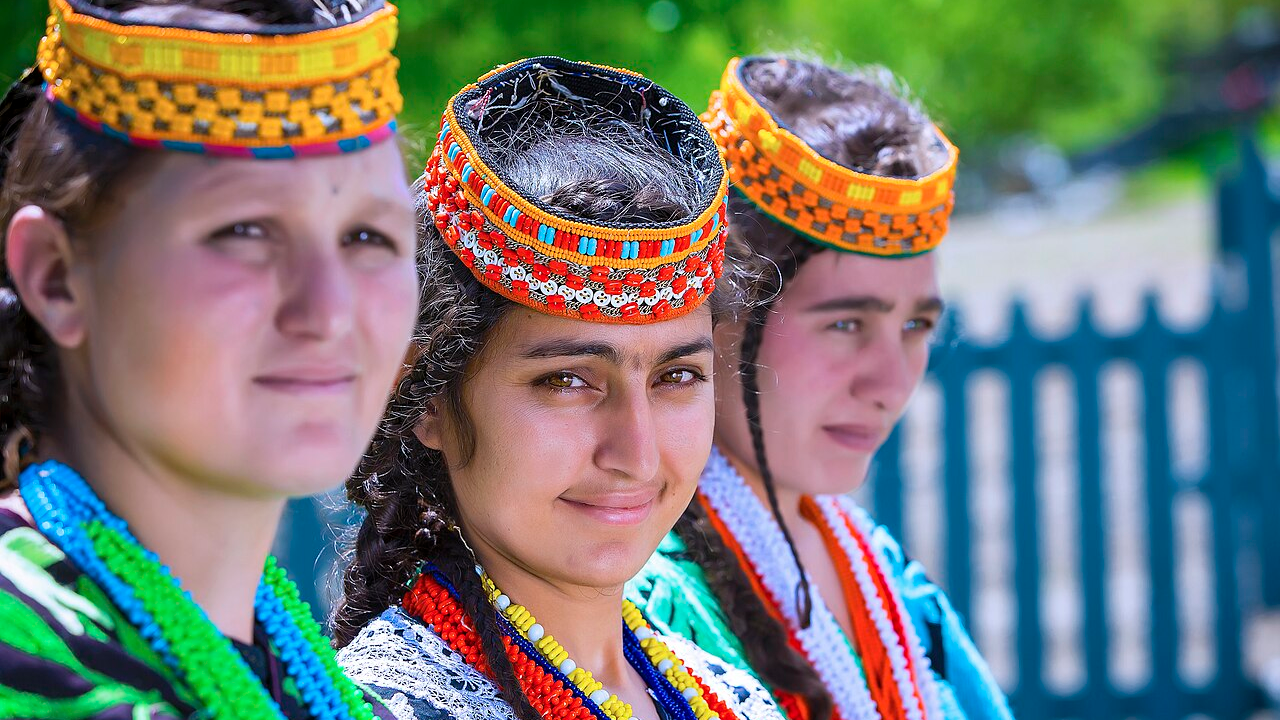
Voices of Strength: Women in Kalash Society
In the Kalash valleys, women move with a freedom that is both striking and rare. Unlike many societies where rigid gender roles dictate the course of a woman's life, the Kalash embrace a more fluid and egalitarian way of living. Here, a woman is not bound by convention—she is free to choose her partner, and love marriages are common. If a marriage becomes unhappy, she has the right to leave and seek a new path, unshackled by stigma. This level of autonomy is rare and inspiring, especially in a region where patriarchal norms often dominate. Marriage is not a binding contract but a partnership, where both men and women have the agency to shape their own destinies.
Beyond the bonds of marriage, Kalash women are the keepers of tradition, the weavers of history, and the vibrant heart of their culture. Their presence is impossible to overlook—their dresses burst with color, adorned with intricate embroidery, beadwork, and headdresses that shimmer with shells and coins. But their significance extends far beyond adornment. Their voices echo in the songs that tell of gods and ancestors, in the rituals that honor the land, and in the decisions that shape their communities. Through them, the stories of the past find new life, passed down to the next generation like a sacred flame.
Yet, within this realm of freedom, Kalash women also face unique challenges. During menstruation and childbirth, women retreat to the bashali—a secluded house on the fringes of the village. It is a space shaped by both tradition and necessity, rooted in ancient beliefs about purity. To outsiders, this practice may seem like isolation, but Kalash women argue that the bashali is more than just a place of seclusion—it is a sanctuary. Within its walls, women find solace, share wisdom, and strengthen their bonds. It is a space where young girls learn the traditions of their ancestors, where laughter and stories fill the air, and where the burdens of daily life momentarily fade away.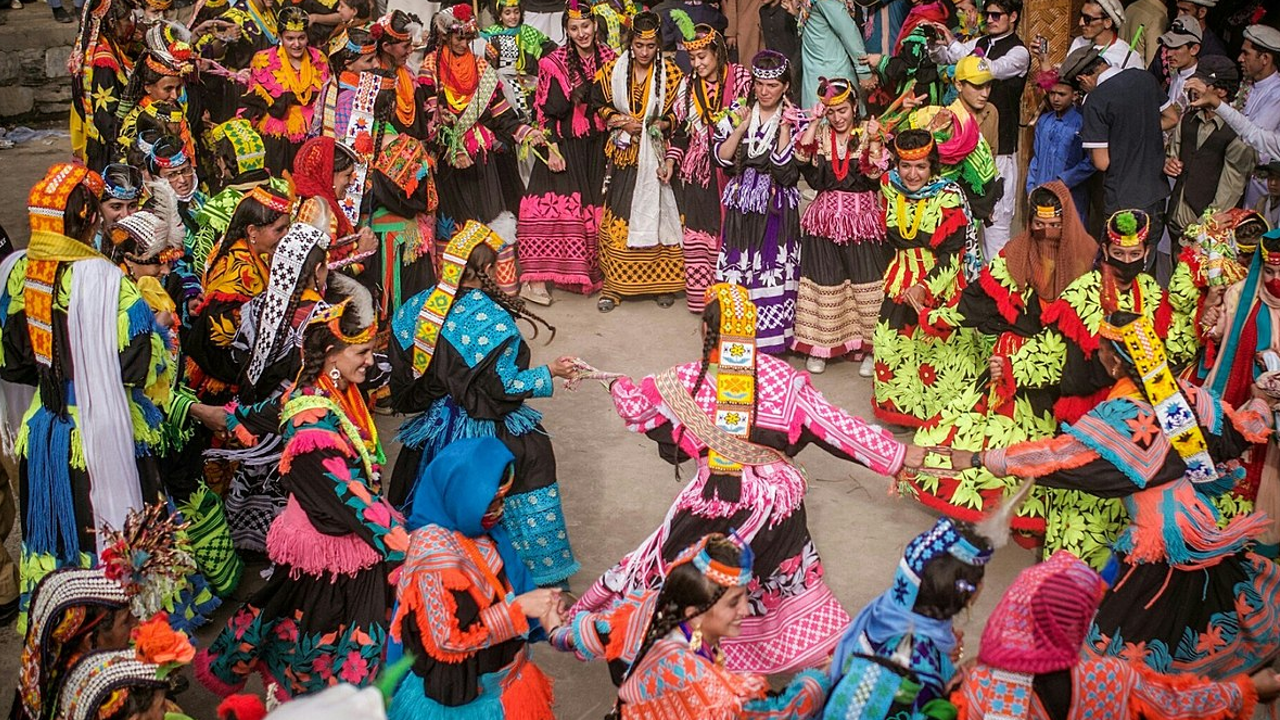
The Kalash and the Legend of Alexander
In the secluded valleys of the Hindu Kush, the Kalash people hold a legend that has captivated historians and travelers for centuries. Some believe their origins trace back to Alexander the Great’s soldiers, who, after crossing the harsh mountains, settled in these hidden valleys, merging their bloodline with the local population. This theory is supported by the Kalash people’s fair skin, light eyes, and distinct features, which some claim resemble those of ancient Greeks. Though no concrete historical evidence supports this claim, the story has persisted, lending an air of intrigue to the Kalash identity.
While the legend may remain a mystery, certain aspects of Kalash culture do hint at ancient influences. Their rich art traditions, from intricate embroidery to vibrant textiles, suggest a subtle connection to Greco-Bactrian styles. Their polytheistic faith, too, echoes the Greek pantheon, with gods who govern everything from fertility to nature.
Wine also plays a central role in Kalash life, much like it did in ancient Greek rituals. Unlike their Muslim neighbors, the Kalash have no taboos against alcohol. Wine and beer are an integral part of both their cultural and spiritual practices. The process of fermentation, the communal gatherings around it, and the lively celebrations that follow turn these traditions into something more than just festivity—they become an affirmation of identity, a connection to the past. During festivals like Chilam Joshi and Choimus, wine is used in sacred offerings, akin to the Dionysian festivals of ancient Greece, where wine symbolized divine connection and human joy.
Whether or not Alexander’s warriors once walked these valleys, the Kalash remain bound to their own rich and unbroken heritage. Their traditions, infused with the echoes of antiquity, stand as a living testament to a culture that has defied time—neither lost to history nor swallowed by modernity, but thriving, vibrant, and very much alive.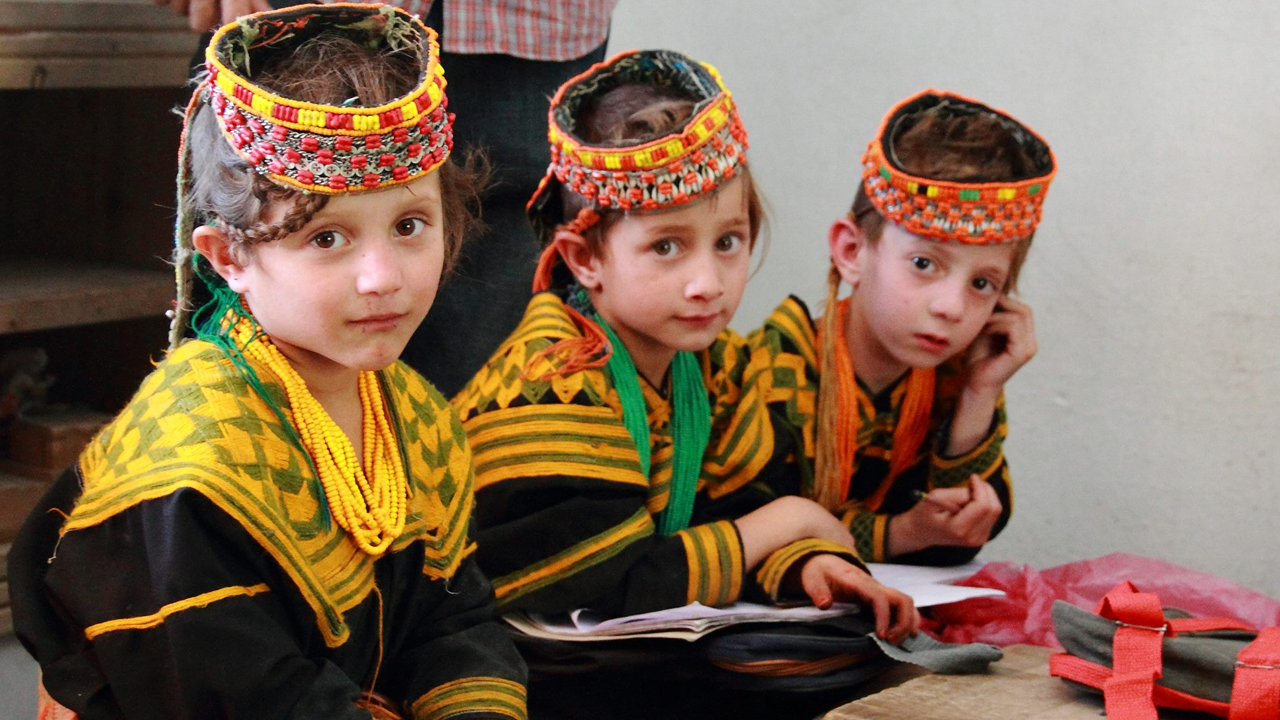
Preserving Identity: The Social Structure and Challenges of the Kalash
In the heart of the Hindu Kush, the Kalash people stand as the last bearers of an ancient, distinct way of life. Their social structure is built on communal living, mutual respect, and a deep connection to ancestral customs. But today, their traditions face unprecedented challenges.
As a small indigenous community in a predominantly Muslim region, the Kalash experience social and religious pressures that have led many to convert to Islam over time. While some take pride in maintaining their distinct beliefs, others, often due to economic or social factors, assimilate into the dominant culture. With each conversion, aspects of their traditional faith—festivals, rituals, and oral traditions—risk being lost.
The Kalasha language, a rare Dardic tongue of the Indo-Aryan family, is central to the Kalash people's identity. Spoken by only a few thousand people, it is now at risk of disappearing as Urdu and other dominant languages take precedence. Without formal education programs to sustain it, younger generations are shifting away from their mother tongue. Yet, language is more than mere communication—it carries folklore, prayers, and the essence of a people’s history. Primarily oral, Kalasha serves as a vessel for daily conversation, storytelling, and sacred texts. If it fades, so too will an irreplaceable part of their heritage, severing a vital link to their ancestral past.
Economically, the Kalash face mounting challenges. Agriculture and livestock remain their primary livelihoods, yet land disputes and financial hardship push many to seek opportunities in cities. As younger generations leave in search of education and work, traditional village life is slowly eroding, altering the community’s social fabric.
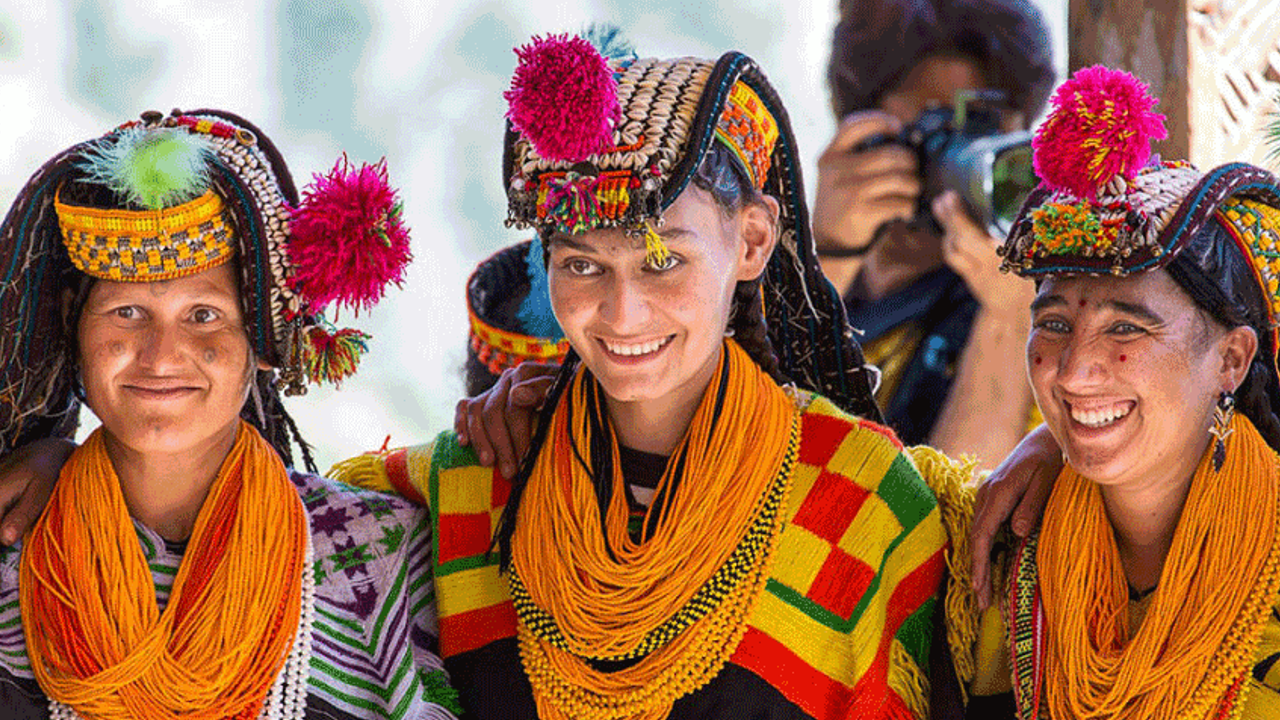
Environmental threats add another layer of uncertainty. Climate change, deforestation, and natural disasters increasingly disrupt their way of life. Floods and landslides have damaged homes and farmlands, while diminishing resources create new survival struggles. Their proximity to the Afghanistan border further exposes them to security risks, with past Taliban threats reminding them of their vulnerability.
Tourism, while providing economic benefits, has been both a blessing and a challenge. The Kalash, known for their legendary hospitality, welcome visitors warmly, offering local delicacies such as walnut bread, goat cheese, and mulberry wine. However, tourism has also led to the commercialization of their traditions. Sacred rituals, once private and deeply spiritual, have become spectacles for outsiders. Traditional festivals like Joshi and Uchal attract large crowds, sometimes diluting their original significance. Cultural appropriation, excessive photography, and mass-produced souvenirs threaten the authenticity of their heritage.
Government efforts to protect the Kalash and their heritage remain largely absent. Despite being recognized as a minority, they lack substantial legal protections for their language, religious freedoms, and land rights. No significant policies have been implemented to preserve their customs, nor have there been proactive initiatives to ensure their long-term survival. Without institutional support, the Kalash continue to face cultural erosion, leaving their traditions increasingly vulnerable to outside pressures.
Yet, despite these challenges, the Kalash remain steadfast. Their festivals still fill the valleys with music and dance, their artisans continue crafting intricate embroidery, and their elders pass down the wisdom of their ancestors. Efforts to document their language, protect their customs, and secure their rights are ongoing. But the question lingers—can the Kalash sustain their way of life in an ever-changing world, or will they be reshaped by the very forces they resist?



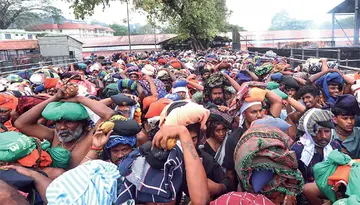
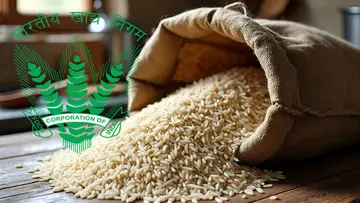


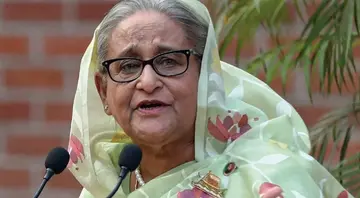


0 comments